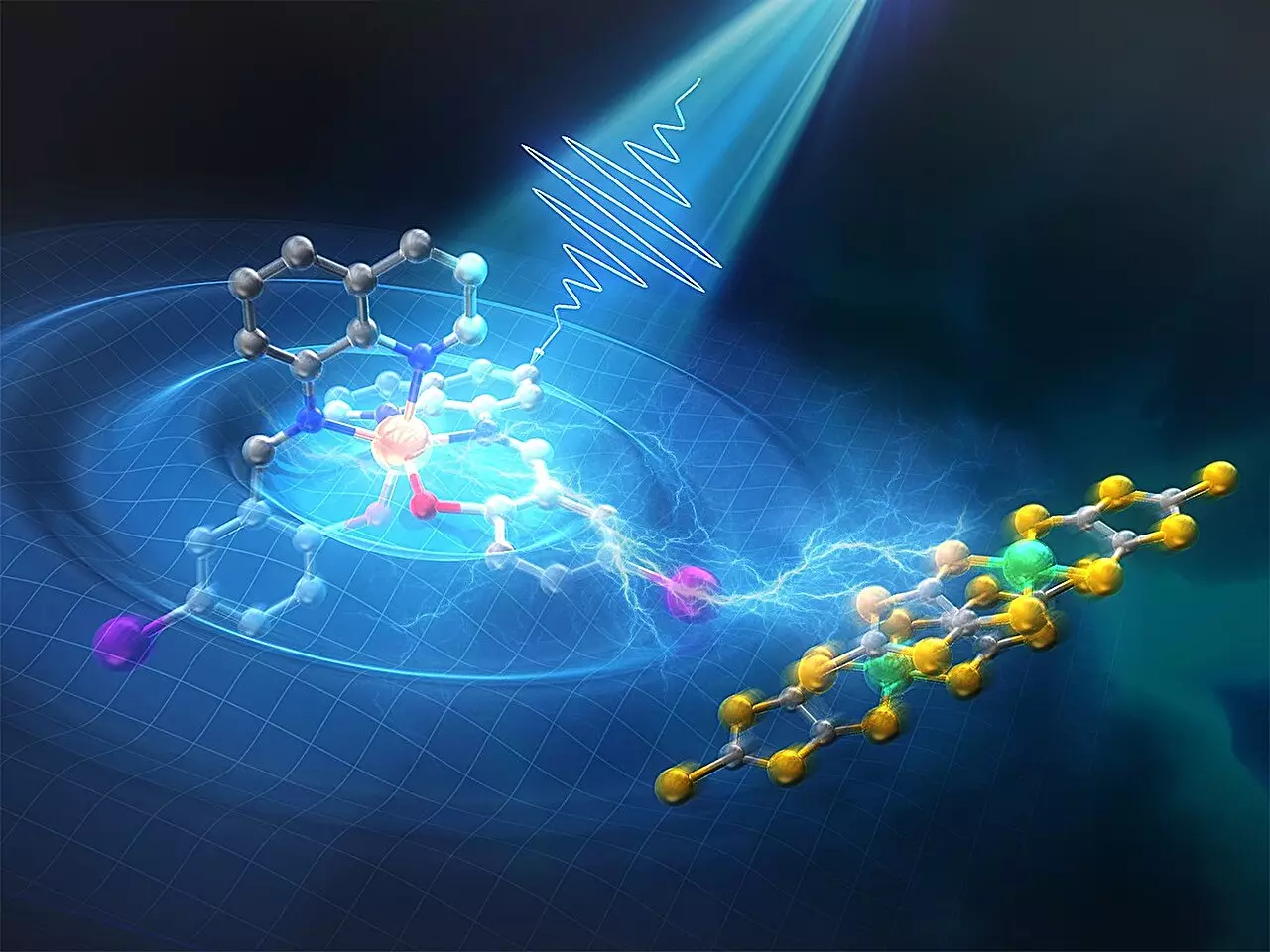Halogen bonds have recently been identified as key contributors to directing sequential dynamics in multifunctional crystals, providing valuable insights for the advancement of ultrafast-response times in multilevel optical storage. These intermolecular interactions are characterized by the attraction between a halogen atom and another atom with lone pairs, typically a molecular entity with high electron density. The unique and highly directional nature of halogen bonds plays a critical role in crystal engineering and the study of photoinduced structural deformations, which are essential for the innovation of photo-functional materials.
A team of researchers led by Assistant Professor Tadahiko Ishikawa from the Tokyo Institute of Technology, alongside collaborators from various institutions, delved into the photoinduced dynamics associated with halogen bonds in the prototypical halogen-bonded multifunctional system [Fe(Iqsal)2][Ni(dmit)2]·CH3CN·H2O on ultrafast timescales. This study, detailed in the journal Nature Communications, focused on the changes triggered by alterations in electron spin or spin crossover (SCO) mechanics in the crystals.
The researchers employed a combination of experimental techniques, including time-resolved transient visible absorption spectroscopy, time-resolved mid-infrared reflectivity spectroscopy, and ultrafast electron diffraction, to investigate the dynamics at play from different perspectives – electronic, vibrational, and structural. Through their comprehensive approach, they uncovered a previously unknown photoinduced transient intermediate state (TIS) in the system, distinct from the low-temperature (LT) and high-temperature (HT) phases.
Quantum chemistry calculations based on ultrafast electron diffraction results revealed the significant contribution of halogen bonds in guiding the sequential dynamics observed in the photoinduced transitions. The researchers observed that photoexcitation of the [Fe(Iqsal)2]+ cation led to expansion of the SCO ligand shell, resulting in the formation of the TIS state characterized by the high-spin (HS) state of the cation and strong dimerization of the anions through halogen bonds.
Additionally, the expansion of the ligand shell exerted strain on the neighboring anions in the direction of the halogen bonds, leading to dimer softening. This intricate interplay between electron density, spin changes, and halogen bonds highlights the complexity of the processes underlying the phase transitions observed in the multifunctional crystals.
The findings of the research shed light on the critical role of halogen bonds in facilitating photoinduced dynamics within supramolecular systems, emphasizing the importance of ultrafast investigations in monitoring electronic and structural changes. By elucidating the mechanisms by which halogen bonds influence sequential dynamics, the study contributes to a deeper understanding of the synergistic spin transitions that govern the behavior of multifunctional crystals.
The exploration of halogen bonds in the context of photoinduced sequential dynamics opens up new avenues for the development of advanced photo-functional materials with tailored properties. The insights gained from this research provide a foundation for future studies aimed at harnessing the potential of halogen bonds in directing dynamic processes on ultrafast timescales.


Leave a Reply